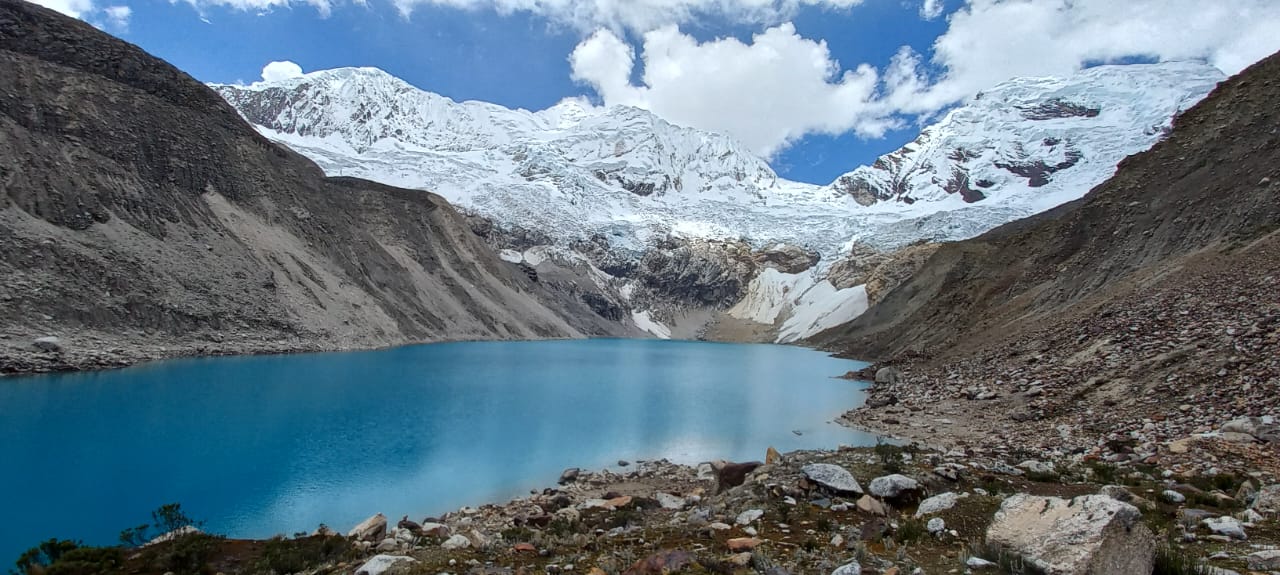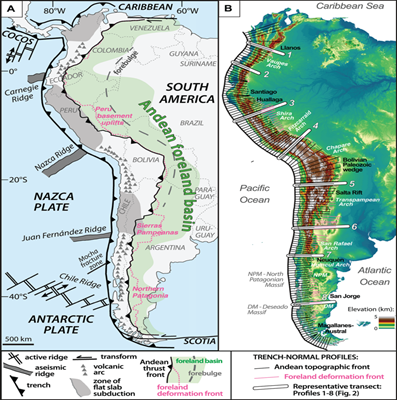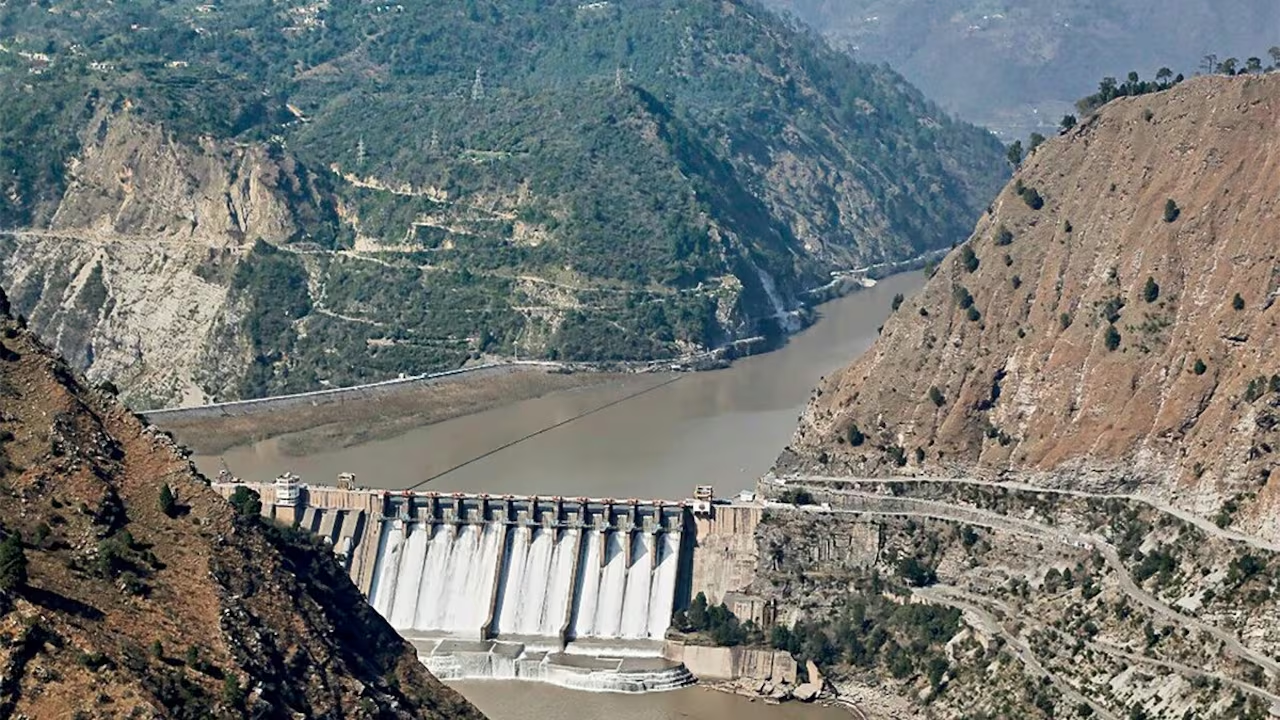- Courses
- GS Full Course 1 Year
- GS Full Course 2 Year
- GS Full Course 3 Year
- GS Full Course Till Selection
- Answer Alpha: Mains 2025 Mentorship
- MEP (Mains Enrichment Programme) Data, Facts
- Essay Target – 150+ Marks
- Online Program
- GS Recorded Course
- Polity
- Geography
- Economy
- Ancient, Medieval and Art & Culture AMAC
- Modern India, Post Independence & World History
- Environment
- Governance
- Science & Technology
- International Relations and Internal Security
- Disaster Management
- Ethics
- NCERT Current Affairs
- Indian Society and Social Issue
- NCERT- Science and Technology
- NCERT - Geography
- NCERT - Ancient History
- NCERT- World History
- NCERT Modern History
- CSAT
- 5 LAYERED ARJUNA Mentorship
- Public Administration Optional
- ABOUT US
- OUR TOPPERS
- TEST SERIES
- FREE STUDY MATERIAL
- VIDEOS
- CONTACT US
Andes Mountains at Risk
Andes Mountains at Risk
01-04-2025

- Recent studies have highlighted the alarming shrinkage of glaciers in the Andes Mountains, which threatens the water supply for millions of people across South America.
- These glaciers play a critical role in providing fresh water to many countries in the region, and their rapid melting is a cause for concern for both the environment and local populations.

Overview of the Andes Mountains
- Type of Mountain Range:
The Andes Mountains are fold mountains, formed due to the subduction of the Nazca Plate beneath the South American Plate. This tectonic activity has given rise to the rugged terrain and towering peaks of the Andes. - Geographic Span:
Stretching across 7 South American countries, the Andes span an impressive 4,500 miles from north to south. The countries through which the Andes pass include Venezuela, Colombia, Ecuador, Peru, Bolivia, Chile, and Argentina. - Highest Peak:
The highest point in the Andes is Cerro Aconcagua, standing at an elevation of 6,960 meters. Located in Argentina, it is the tallest peak in both the Andes and the entire Western Hemisphere. - Volcanic Activity:
The Andes are home to several volcanoes, including the Ojos del Salado, the world's highest active volcano, and Cotapaxi, an active volcano in Ecuador. These volcanoes contribute to the region's dynamic geological environment. - UNESCO World Heritage Site:
The Andes are home to the Machu Picchu, an iconic UNESCO World Heritage site in Peru. This ancient Incan city attracts millions of tourists and is one of the most well-preserved archaeological sites in the world. - Altiplano Plateau:
The Andes also feature the Altiplano, a high-altitude plateau, which is the world’s second-highest after the Tibetan Plateau. This plateau is a key feature of the Andean region, contributing to its unique geography and climate.
|
Also Read |
|
| FREE NIOS Books | |




